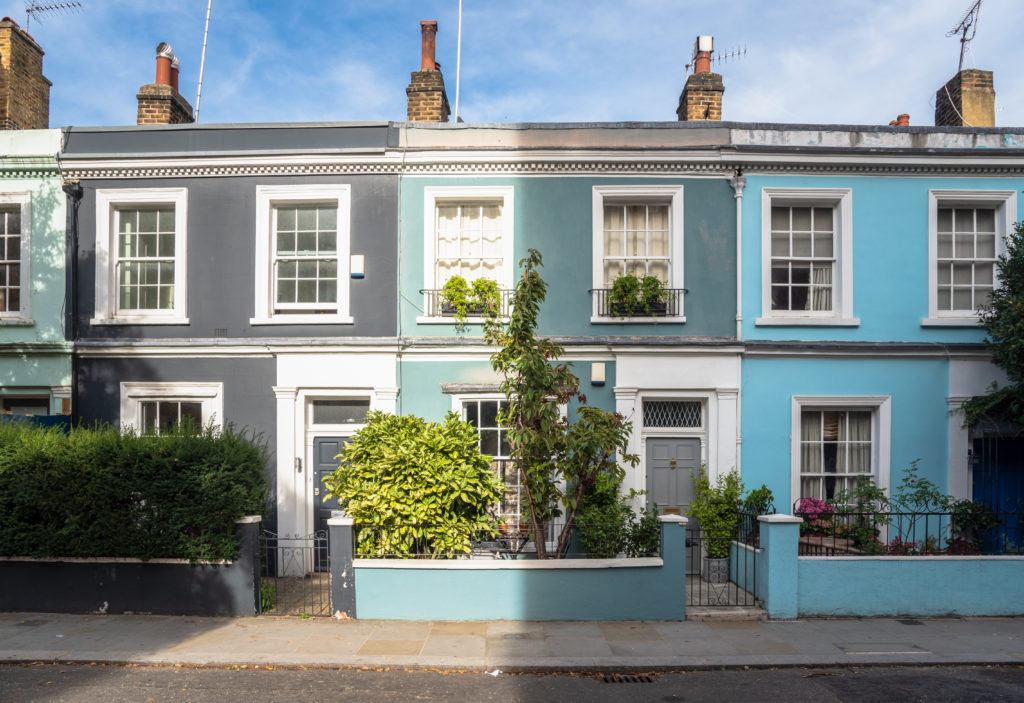Are you considering renovating a landmark brownstone?
One of the most overlooked aspects of a historic Brownstone renovation is the Landmark Preservation Commission (LPC). The commission’s mission is to protect every inch of the visible features of beautiful homes. They set guidelines and give approvals to homeowners. You can meet these guidelines of the LPC by working with an experienced contractor in New York.

The Commission was created in 1965 by Mayor Robert F. Wagner in response to the losses of historically significant buildings in New York City. There are more than 37,600 landmark properties in New York City, with 152 historic districts extending into all five boroughs. Unfortunately, the LPC’s review process for renovating a Brownston is usually a bit stressful and can make renovations much more time-consuming and costly.
The simplest way to navigate the review process is to hire a contractor and architect with experience working with the LPC. Usually, they will know what the Commission will approve, veto, and give a hard “maybe” to. There are two general rules to go by – try to be as historically accurate as possible, and if you show precedent, you’ll likely get a pass.
So what exactly can you do? Well, anything involving the interior is likely fine, as long as people can’t see it from the outside. Also, the rear of the home is not an issue – so feel free to plan for a deck, patio, or garden.
You can alter the home’s facade, but of course, you’ll have to follow some guidelines. For one, you do not have to replace the original brownstone unless it is too far gone, so for the most part, you will be patching up the home and getting proper color matches. The commission will make sure the colors are the same as the original.
If you want to add lighting fixtures or paint the brownstone, you must talk to the Commission. You may be able to make a great argument about why and how you’re planning to do so, but the Commission is very unpredictable.
Windows are the most intricate, if not the most expensive, issue you’ll run into when dealing with the LPC. However, the Commission spells out correctly. So for this, work with one sanctioned company, as they are experts in knowing the guidelines. Unfortunately, these companies are more expensive.
Suppose you are planning anything on the rooftop – any vertical extension. Possibly a garden, or a central air system, on the roof, you must ensure that it is not visible from the street. The Commission will let you know if it is visible from the street ot not. Unfortunately, a central air system is sometimes hard to hide on the roof.
All said and done, the LPC will make renovations more expensive and more prolonged, based on the project’s scope. The larger the project, the more you will have to adhere to guidelines and get approvals. A piece of advice we’ve heard from homeowners is to break the project up into two separate tasks. First, prioritize the interior and anything you won’t need the LPC’s approval. Followed by a later task for the facade and outer structure.
Whatever your plan is, we can advise you to work with a trustworthy contractor who knows the ins and outs of working alongside the Landmark Preservation Commission.